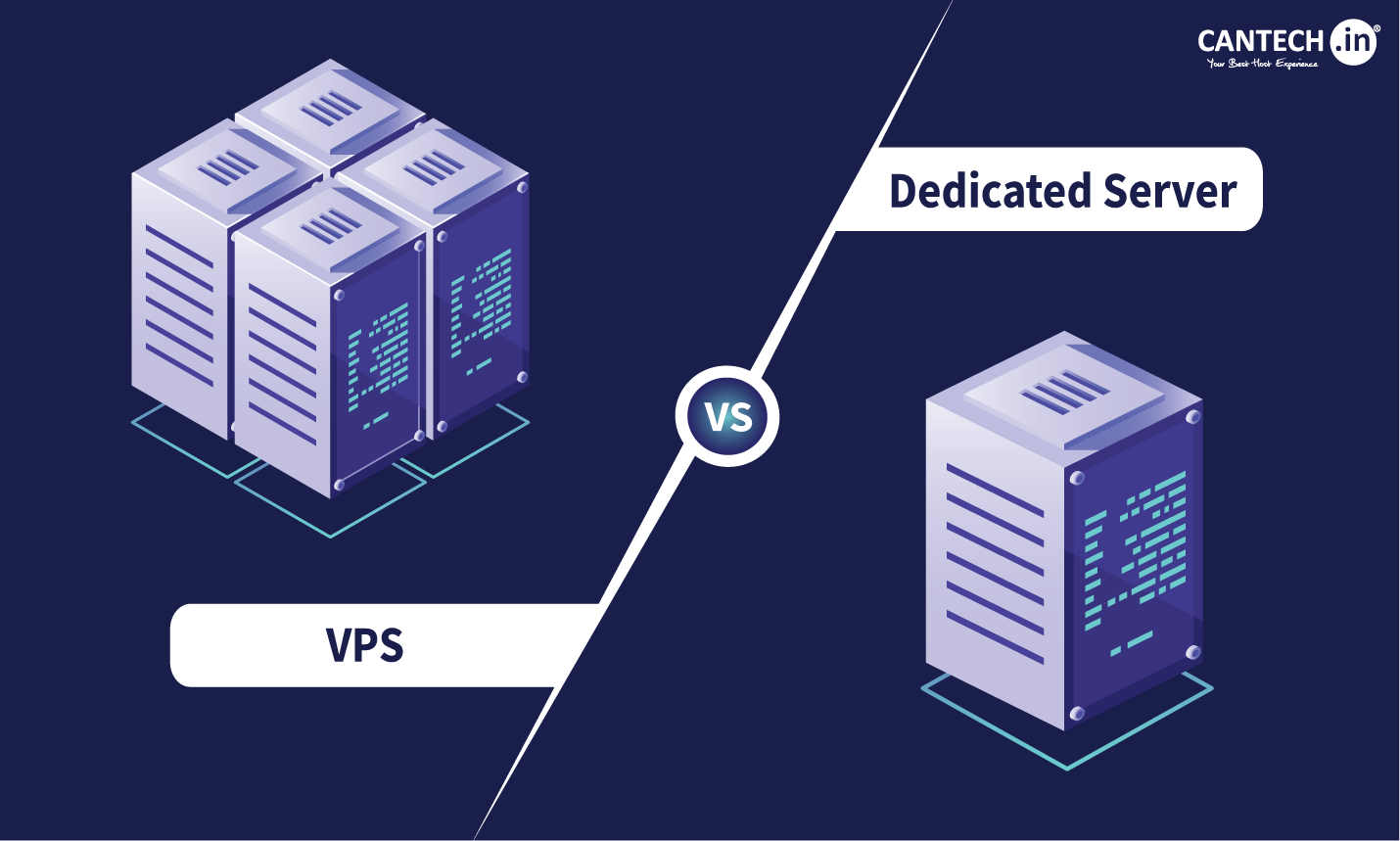Introduction
Cloud computing has rapidly transformed the way enterprises operate, enabling organizations to scale, innovate, and cut costs. In the Middle East and beyond, companies like Singleclic are leading this digital shift by providing advanced, customized cloud solutions. But what exactly does enterprise cloud computing adoption mean, and why is it essential for modern business growth?
What Is Cloud Computing Adoption?
Cloud computing adoption refers to the process where organizations transition from traditional on-premises IT infrastructure to cloud-based services. This shift can be gradual or immediate, depending on the company’s size, goals, and industry.
Key aspects of adoption include:
- Migration of data and applications to cloud platforms.
- Utilization of cloud-native services for scalability and flexibility.
- Integration with enterprise systems such as ERP and CRM.
What Is Enterprise Cloud Computing?
Enterprise cloud computing is the strategic use of cloud infrastructure and services to meet large-scale business requirements. Unlike small-scale deployments, enterprise cloud systems must handle:
- High-volume workloads and complex applications.
- Advanced security measures to protect sensitive data.
- Integration with legacy systems and modern business tools.
Enterprises often rely on hybrid or multi-cloud strategies to balance performance, cost, and compliance.
The 4 Types of Cloud Computing
When discussing the four types of cloud computing, we refer to both deployment models and service models.
Deployment Models (By Hosting)
- Public Cloud – Managed by providers like AWS, Azure, or Google Cloud.
- Private Cloud – Dedicated to a single organization, offering maximum control.
- Hybrid Cloud – A combination of public and private clouds.
- Community Cloud – Shared infrastructure for organizations with similar needs.
Service Models (By Functionality)
- IaaS (Infrastructure as a Service) – Virtualized computing resources.
- PaaS (Platform as a Service) – Development and deployment platforms.
- SaaS (Software as a Service) – Ready-to-use applications.
What Is the Adoption Rate of Enterprise Cloud?
Globally, enterprise cloud adoption is accelerating. Recent studies show:
- Over 90% of enterprises use cloud services in some form.
- Hybrid cloud adoption is expected to grow by more than 20% annually.
- The Middle East cloud market is projected to surpass $9 billion by 2027, driven by digital transformation initiatives.
Companies like Singleclic are playing a vital role in this expansion by providing tailored cloud computing solutions for different industries.
Benefits of Cloud Computing for Enterprises
Adopting cloud technology offers several advantages:
- Cost Efficiency – Pay only for the resources you use.
- Scalability – Quickly adjust capacity based on demand.
- Business Continuity – Enhanced disaster recovery and backup options.
- Innovation Enablement – Faster deployment of new applications and services.
Challenges in Enterprise Cloud Adoption
Despite its benefits, some enterprises face obstacles, such as:
- Security & Compliance Concerns – Protecting sensitive data.
- Integration Issues – Connecting legacy systems to cloud platforms.
- Change Management – Training staff and adapting workflows.
Pro Tip: Partnering with an experienced provider like Singleclic helps mitigate these challenges by offering customized migration plans and 24/7 technical support.
Why Choose Singleclic for Your Cloud Journey?
Founded in 2013, Singleclic is a leading IT solutions provider in the Arab world. Their expertise spans:
- Custom software development (ERP, CRM, Low-Code solutions).
- Advanced networking and cybersecurity.
- Cloud-native hosting and infrastructure services.
- Continuous technical support.
☎ Contact Singleclic:
- Egypt: +2 010 259 99225
- UAE: +971 42 475421
- KSA: +966 58 1106563
Conclusion
Cloud computing is no longer optional—it’s a necessity for competitive enterprises. With the right partner, such as Singleclic, your organization can accelerate adoption, ensure security, and maximize ROI.
For more insights, check out our Cloud Computing & Applications Guide.









